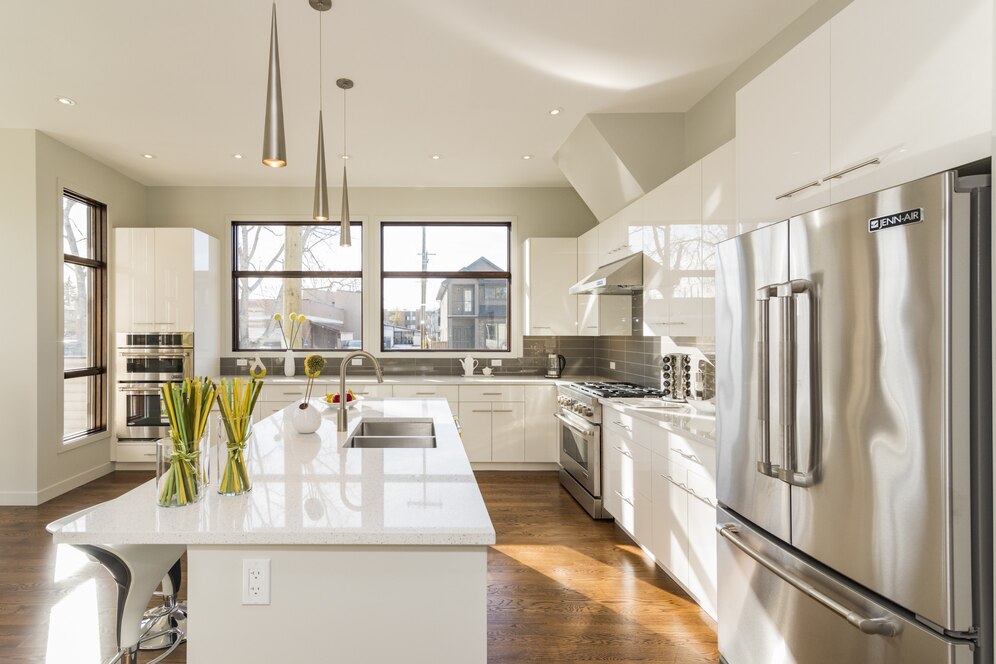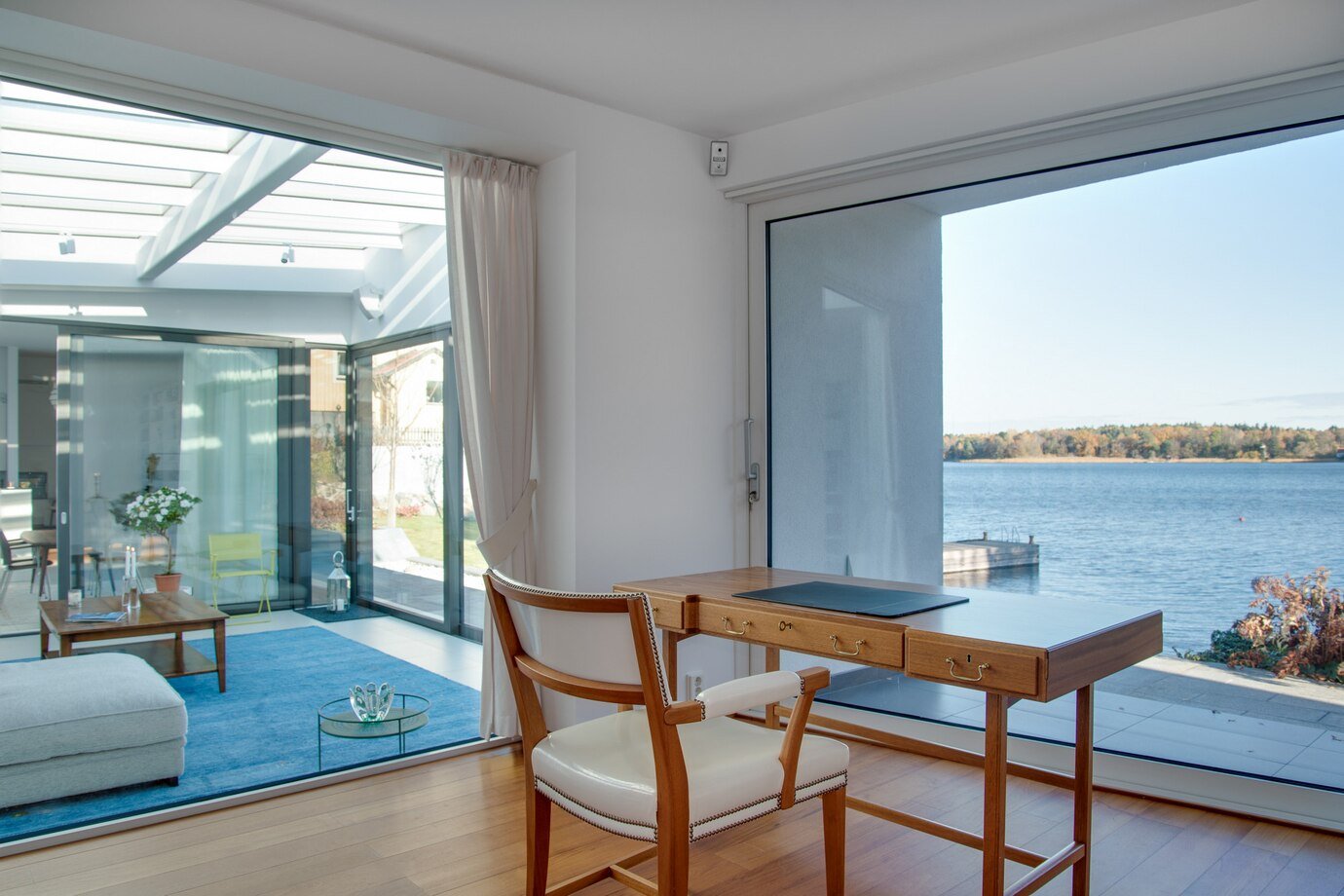Introduction
A bathtub remodel can significantly enhance the functionality, comfort, and aesthetic appeal of your bathroom. Whether you’re looking to replace an outdated bathtub, improve the layout, or add luxurious features, careful planning and execution are crucial for a successful project. In this article, we will explore essential tips for a successful bathtub remodel, covering key considerations before starting, a step-by-step guide to the remodeling process, popular trends, and common mistakes to avoid. By following these guidelines, you can ensure a smooth and satisfying renovation that transforms your bathroom into a relaxing oasis.
Key Considerations Before Starting a Bathtub Remodel
Before embarking on a bathtub remodel, it’s important to plan thoroughly and consider several critical factors to avoid costly mistakes and ensure a successful outcome.
1. Budgeting
Establishing a clear budget is the first step in any remodeling project. Determine how much you are willing to spend and allocate funds for each aspect of the renovation, including materials, labor, and unexpected expenses. It’s advisable to set aside an additional 10-20% of your budget for contingencies. Having a well-defined budget helps you make informed decisions and prevents overspending.
2. Planning and Design
A well-thought-out design plan is essential for a successful remodel. Consider the current layout of your bathroom and decide whether you want to keep it or make changes to the configuration. Take into account the available space, plumbing, and electrical systems. Create a design that maximizes functionality while enhancing the overall aesthetic. Working with a professional designer can help you develop a cohesive plan that meets your needs and preferences.
3. Prioritizing Needs and Wants
Make a list of your must-haves and nice-to-haves. Prioritize essential features and upgrades that will improve the functionality and comfort of your bathroom. Once you have addressed these, you can consider additional luxury items or aesthetic enhancements. This prioritization helps you stay focused on what’s most important and ensures that your budget is spent wisely.
4. Choosing a Style
Decide on the overall style and theme of your bathroom. Whether you prefer a modern, minimalist look or a more traditional, luxurious design, having a clear vision will guide your decisions on fixtures, materials, and colors. Consistency in style ensures that all elements work together harmoniously.
5. Researching and Hiring Professionals
Depending on the complexity of your remodel, you may need to hire professionals such as contractors, plumbers, and electricians. Research reputable professionals, check their credentials, and read reviews from previous clients. Hiring experienced and reliable professionals can make a significant difference in the quality of your renovation. Ensure that the professionals you hire are licensed and insured.
Step-by-Step Guide to the Bathtub Remodeling Process
Understanding the steps involved in a bathtub remodel can help you prepare and manage the project more effectively. Here is a step-by-step guide to the typical remodeling process:
1. Initial Consultation and Planning
The first step is to consult with a remodeling professional or contractor. Discuss your goals, budget, and timeline. The contractor will assess the existing bathroom, take measurements, and provide initial design ideas and cost estimates. This initial consultation helps set the foundation for the project.
2. Design Development
Work with your contractor or a designer to develop a detailed design plan. This includes selecting materials, fixtures, and finishes, as well as finalizing the layout. Ensure that the design aligns with your vision and budget. Detailed 3D renderings and design boards can help you visualize the final result and make informed decisions.
3. Obtaining Permits
Depending on the scope of your remodel, you may need to obtain permits from local authorities. Your contractor can assist with this process, ensuring that all work complies with building codes and regulations. Obtaining the necessary permits is crucial for a legal and compliant renovation.
4. Demolition
Once permits are secured, the remodel begins with the demolition of the existing bathtub and surrounding area. This involves removing old fixtures, tiles, and cabinetry. Proper demolition is crucial to prepare the space for new installations and to identify any hidden issues that need to be addressed.
5. Plumbing and Electrical Work
With the bathroom stripped down, plumbers and electricians will update or relocate plumbing and electrical systems as needed. This step ensures that the infrastructure can support new fixtures and appliances. Upgrading plumbing and electrical systems also enhances safety and functionality.
6. Structural Work and Drywall Installation
If the remodel includes structural changes, such as moving walls or adding windows, this work will be completed next. Once structural modifications are done, drywall installation and finishing can proceed. This step lays the foundation for the new design.
7. Flooring and Tile Installation
The next step is to install new flooring and tiles. Choose materials that are durable, water-resistant, and complement the overall design of your bathroom. Professional installation ensures a flawless finish. Tile work can significantly impact the aesthetic appeal and functionality of your bathroom.
8. Fixture and Tub Installation
With the flooring and tiles in place, new fixtures and the bathtub can be installed. Custom cabinetry and storage solutions are also put in place, maximizing the functionality of the space. Proper installation of fixtures and the bathtub ensures longevity and performance.
9. Painting and Finishing Touches
Painting the walls and ceilings is the final major step in the remodel process. Choose paint colors that enhance the design and create a cohesive look. Add finishing touches, such as mirrors, lighting, and accessories, to complete the transformation. Attention to detail in this step brings the design together.
10. Final Inspection and Cleanup
Once all work is completed, conduct a final inspection with your contractor to ensure everything meets your expectations. Address any issues or touch-ups needed. Finally, the contractor will clean up the workspace, leaving your new bathroom ready for use. A thorough final inspection ensures satisfaction with the finished product.
Popular Trends in Bathtub Remodeling
Staying informed about the latest trends in bathtub remodeling Frederick, Maryland can inspire your project and help you incorporate modern, functional, and stylish elements. Here are some popular trends to consider:
1. Eco-Friendly Designs
Sustainability is a growing trend in home design. Eco-friendly bathrooms feature water-saving fixtures, energy-efficient lighting, and environmentally friendly materials. Consider low-flow toilets, LED lighting, and recycled or natural materials for a greener bathroom. These features not only reduce environmental impact but also save on utility costs.
2. Smart Technology
Integrating smart technology into your bathroom can enhance convenience and comfort. Popular smart features include touchless faucets, smart showers with temperature control, heated floors, and intelligent mirrors with built-in lighting and defogging capabilities. Smart technology can also improve energy efficiency and user experience.
3. Spa-Like Retreats
Many homeowners are transforming their bathrooms into spa-like retreats. This trend focuses on creating a relaxing and luxurious atmosphere with features such as soaking tubs, steam showers, natural stone tiles, and ambient lighting. Consider adding elements like rain showers, built-in seating, and high-quality fixtures to achieve a spa-like experience.
4. Minimalist and Clean Designs
Minimalism continues to be a popular design trend. Clean lines, simple color palettes, and uncluttered spaces create a modern and serene bathroom. Opt for sleek fixtures, floating vanities, and ample storage to maintain a minimalist aesthetic. Minimalist designs also tend to be easier to clean and maintain.
5. Bold Colors and Patterns
While neutral tones remain popular, bold colors and patterns are making a comeback in bathroom design. Vibrant tiles, statement wallpapers, and colorful vanities can add personality and visual interest to your bathroom. Consider using bold accents to create focal points and add character to the space.
Common Mistakes to Avoid During Bathtub Renovations
Even with careful planning, mistakes can happen during bathtub renovations. Being aware of common pitfalls can help you avoid them and ensure a smoother remodeling process:
1. Ignoring Ventilation
Proper ventilation is crucial in a bathroom to prevent mold and mildew growth. Ensure that your design includes adequate ventilation, such as exhaust fans or windows, to maintain air quality and prolong the life of your bathroom materials. Ventilation also improves overall comfort and hygiene.
2. Overlooking Storage Needs
Insufficient storage can lead to a cluttered and disorganized bathroom. Plan for ample storage solutions, such as built-in cabinets, shelving, and vanity drawers, to keep the space tidy and functional. Customized storage solutions can maximize available space and enhance usability.
3. Skimping on Quality Materials
While it may be tempting to cut costs by using cheaper materials, this can lead to issues down the line. Invest in high-quality materials that are durable and resistant to moisture. Quality materials not only look better but also last longer, reducing the need for frequent repairs or replacements.
4. Poor Lighting
Inadequate lighting can affect the functionality and ambiance of your bathroom. Incorporate a mix of task, ambient, and accent lighting to ensure a well-lit space. Consider adding dimmable lights for flexibility and creating a relaxing atmosphere. Proper lighting enhances both the aesthetic appeal and usability of the bathroom.
5. DIY Overreach
While DIY projects can save money, taking on too much can lead to costly mistakes and subpar results. Know your limits and hire professionals for tasks that require specialized skills, such as plumbing, electrical work, and tile installation. Professional expertise ensures safety, compliance, and quality.
6. Ignoring Scale and Proportion
Choosing fixtures and fittings that are too large or too small for your space can disrupt the balance and functionality of your bathroom. Ensure that all elements are appropriately scaled to fit the dimensions of your bathroom and maintain a harmonious design. Properly sized fixtures and fittings contribute to a cohesive and efficient layout.
Conclusion
A successful bathtub remodel can significantly enhance the comfort, functionality, and value of your home. By following essential tips, such as careful planning, budgeting, and hiring experienced professionals, you can ensure a smooth and satisfying renovation. Stay informed about the latest trends to incorporate modern and stylish elements into your design. Avoid common mistakes by prioritizing quality materials, proper ventilation, and adequate storage solutions. With the right approach, your bathtub remodel can transform an outdated space into a beautiful and functional oasis that meets your needs and exceeds your expectations.





